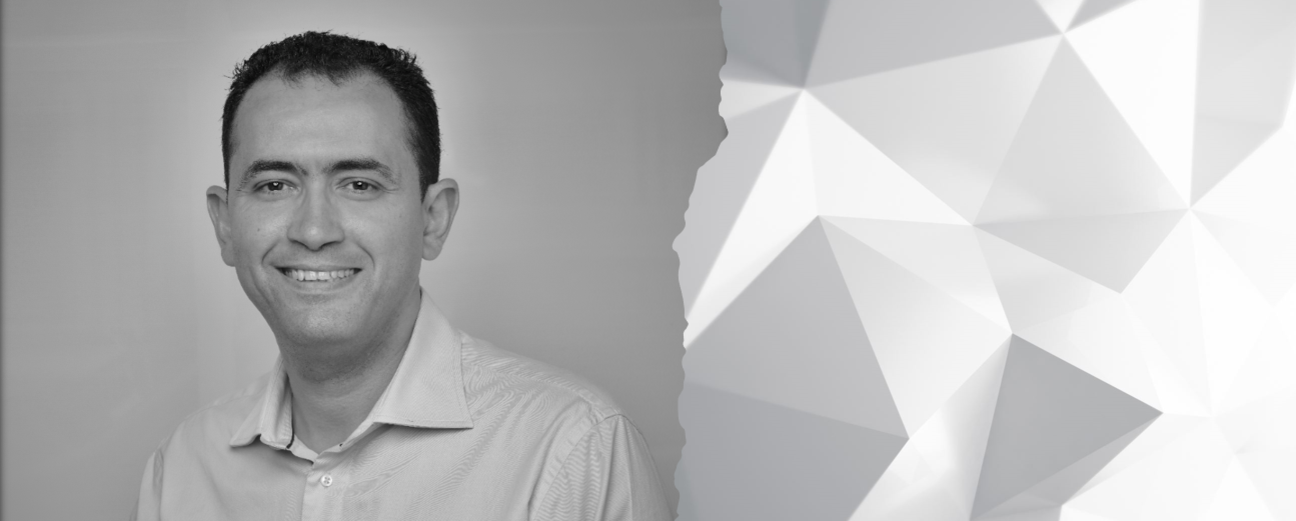Meet our associates... Amine Abbas
Posted on 15th February 2021 at 14:38
One of the things we like most about solutions architect, Amine Abbas, is his method of taking a human-centred approach to solving complex business problems. Read more about his approach and his sense of duty to design systems that are adaptable and easy to understand.
"My background is in software and data engineering. I get my kicks from finding clever ways to do tricky things. It’s the process that I am always excited to participate in. Technology is constantly changing and I learn as I go. I picked up many technologies and programming languages in the last 20 years, but remained technology agnostic in my approach to solving problems.
"Ask three people what architecture is and you’ll probably get three different answers. What makes the role of an architect interesting is that on top of the functional and non-functional requirements, we also deal with the requirements that were never stated. The assumptions that were never made, things that were obvious but were never articulated. An architect needs to understand context, talk to the business, anticipate and give alternative solutions to business problems.
"For an architect, understanding requirements means fewer missteps - because missteps cost a fortune. I try to give options and focus on designing solutions that easily adapt to changes rather than trying to build solutions that last.
"The most important task of the architect is to be the connecting element in an organisation whilst keeping up with technology. An architect tells the same story in different ways depending on the audience. Our duty is to design solutions that are easy to understand and making them simple but not simplistic.
"If we look at the technology up-to as recently as 2015. It was centralized, monolith, on prem, very waterfall. We saw quarterly releases sometimes yearly. When we think about it now, it’s insane. Today’s systems are more distributed, we release many times a day. The approach is very different. We build small, we have vertical teams and we expose APIs.
"We have moved towards the cloud model where we have a choice of hundreds of services. We are living in the age where a developer will sit alongside a marketing manager, login to Azure, AWS or GCP, purchase a service and provision the application within minutes.
"Adopting a Microservices approach from solution and technology point of view is not enough. To be able to build Microservices, an organisation needs to adopt a structure that reflects Microservices architecture as a set of independent and autonomous teams, Conway’s Law, it’s a change in mindset.
"Since the first lockdown took businesses by surprise, we have seen interesting new trends. Retailers have been forced to move to the virtual space selling their goods online and reaching to their customers. Some are doing it for the first time, but not all have the infrastructure in place to deliver world class user experience. Ecommerce industry is changing and the trends are shifting.
"I used to work remotely before COVID so working from home is not new to me. I don’t think productivity has suffered that much. However I miss the human connection and the ideation that used to happen over a cup of coffee. The negative things about working from home is that we don’t know when to disconnect. We used to switch off when we travelled to and from work. Another side effect of working remotely is that we are spending a lot of time in meetings. In the office we had a limited number of meeting rooms and we could only fit a number of people in one meeting room. We had to book them well in advance. Now by using Teams, Zoom or Google hangouts we have access to unlimited number of virtual meeting rooms with as many attendees as we want. We could easily spend a whole day in meetings without doing any work.
"I think Iridium’s model works better for clients. Iridium delivers fast, cost effective and measurable improvements to clients. I work with client-centric specialists who are program leaders and trusted advisors.
"Outside of work, I’m the proud father. And that’s my biggest and best job."
Tagged as: associate, business transformation, consultant, contractor, IT transformation, solutions architect
Share this post:

